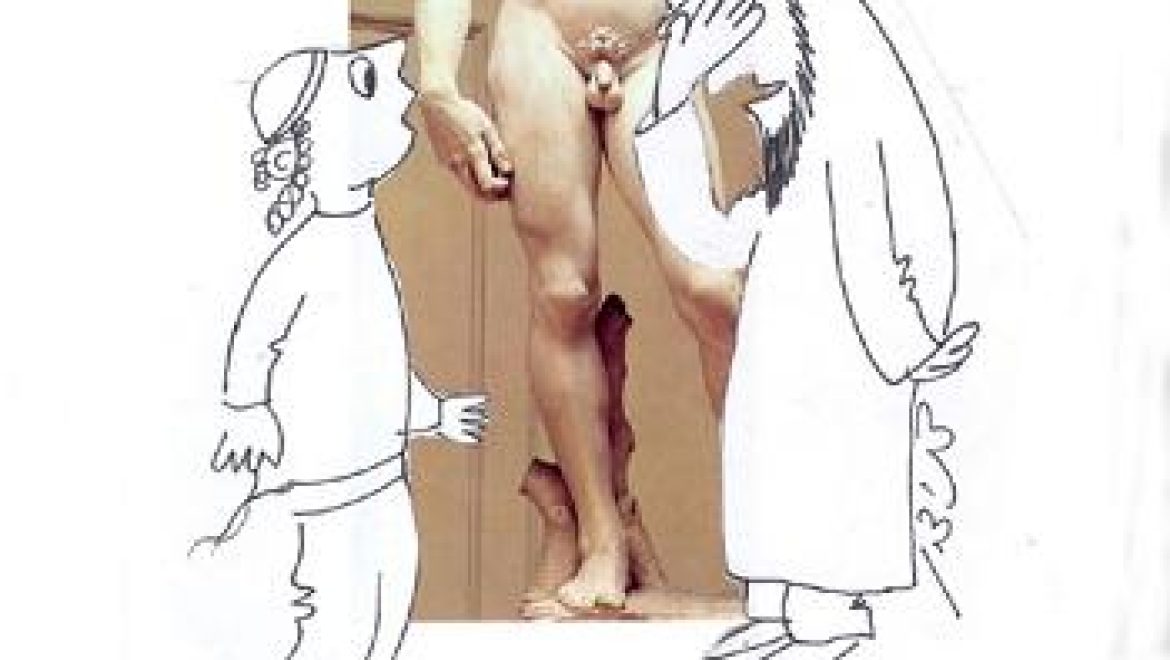
A widow without children must marry her brother-in-law via sexual intercourse, which is the yibum ceremony, or take off his shoe, which is the chalitzah ceremony, a type of divorce between the widow and the levir. It is written “And she shall remove his shoe from his foot” (Deuteronomy 25:9). From the Torah’s use of foot the early sages (the Tanaaim) learned that if the brother-in-law is lame and his leg has been amputated below the knee, the widow cannot fulfill the chalitzah ceremony — for the part of the leg above the knee is not considered a foot; only the part below the knee is considered a foot. The scholars asked: In the Torah it is written “her placenta which comes out from between her feet” (Deuteronomy 28:57). The placenta comes out from between a woman’s thighs, yet the Scriptures wrote “between her feet,” implying that even the area above the knee (the thigh) is considered, in the Torah, a foot. Answer: Since during labor a woman bends her legs so that the heel is close to the thigh, in fact the placenta comes out between her shins (below the knees) so the Torah wrote “between her feet.” The scholars went on to ask: Is it not written “And Mephibosheth the son of Saul came down to meet the king, and had neither dressed his feet, nor trimmed his beard”? The sages explained that in saying Mephibosheth had not dressed his feet the Scriptures meant that he had not shaved his pubic hair, meaning that feet includes the upper part of the leg — the thighs, between which is the pubic hair. Answer: The Scriptures used a euphemism, though the feet are actually from the knees down. The scholars then asked: It is written that Saul urinated and uses the words “Saul went in to cover his feet” (I Samuel 24:3), implying that the leg near the sexual organ, from which the urine issues, is also considered the foot. Answer: The Scriptures used a euphemism, though the feet are actually from the knees down. The scholars went on to ask: It is written that the servants thought Eglon, who had been killed by Ehud the judge, during the era of the judges, merely went to urinate, using these words: “Surely he covers his feet” (Judges 3:24). Answer: The Scriptures used a euphemism, though the feet are actually from the knees down. The scholars then asked: Sisera fell and died after Yael killed him. It is written “At her feet he bowed, he fell, he lay down: at her feet he bowed, he fell” (Judges 5:27) and the sages interpreted this verse to mean that Sisera had sexual relations with Yael seven times. Therefore “at her feet” means the thighs, which are closer to the woman’s sexual organ. Answer: The Scriptures used a euphemism, though the feet are actually from the knees down.
(Babylonian Talmud, Tractate Yevamot 103a)
